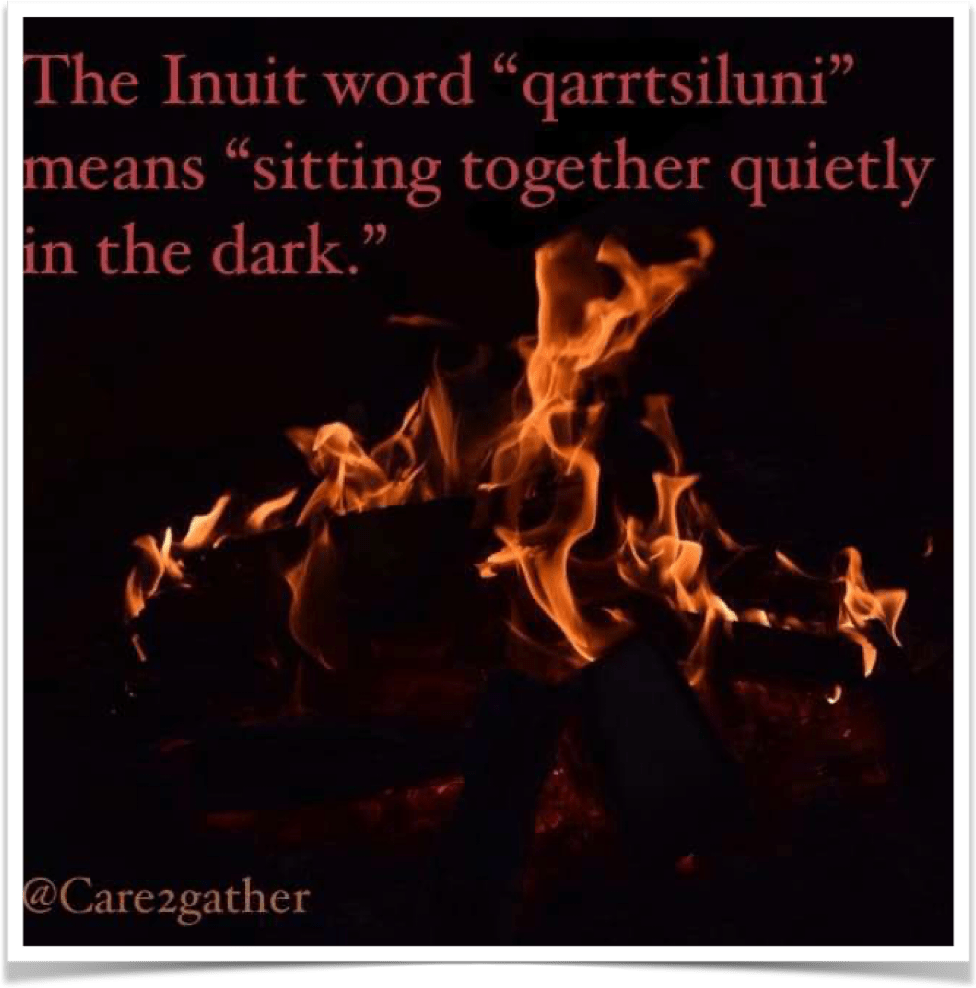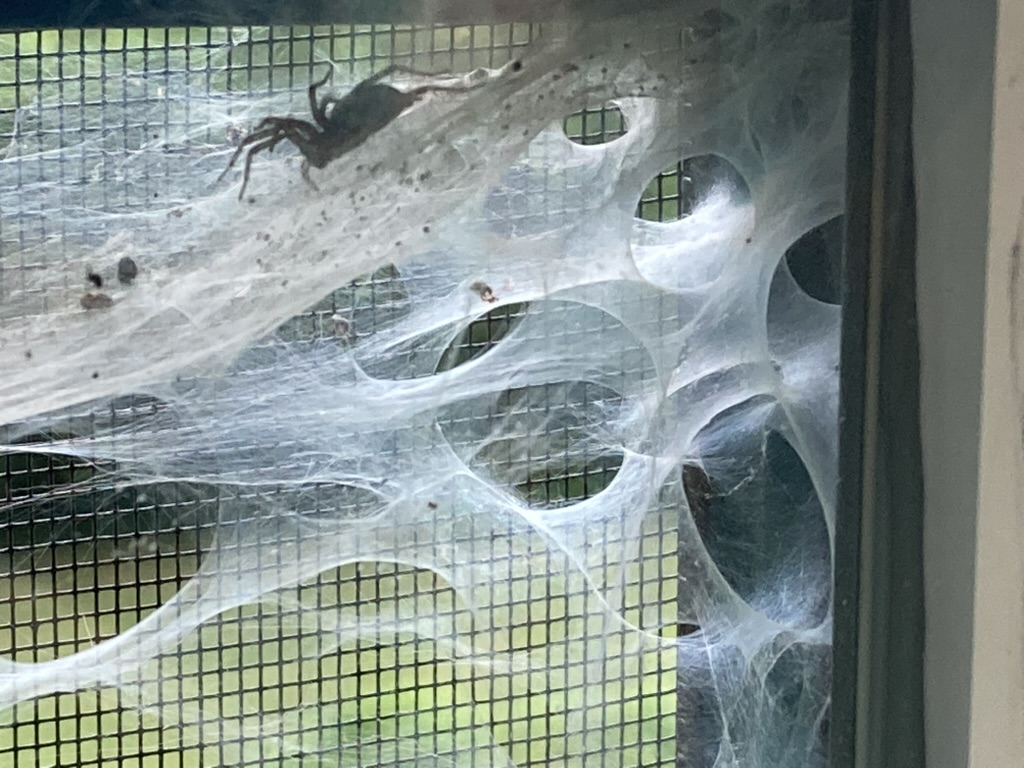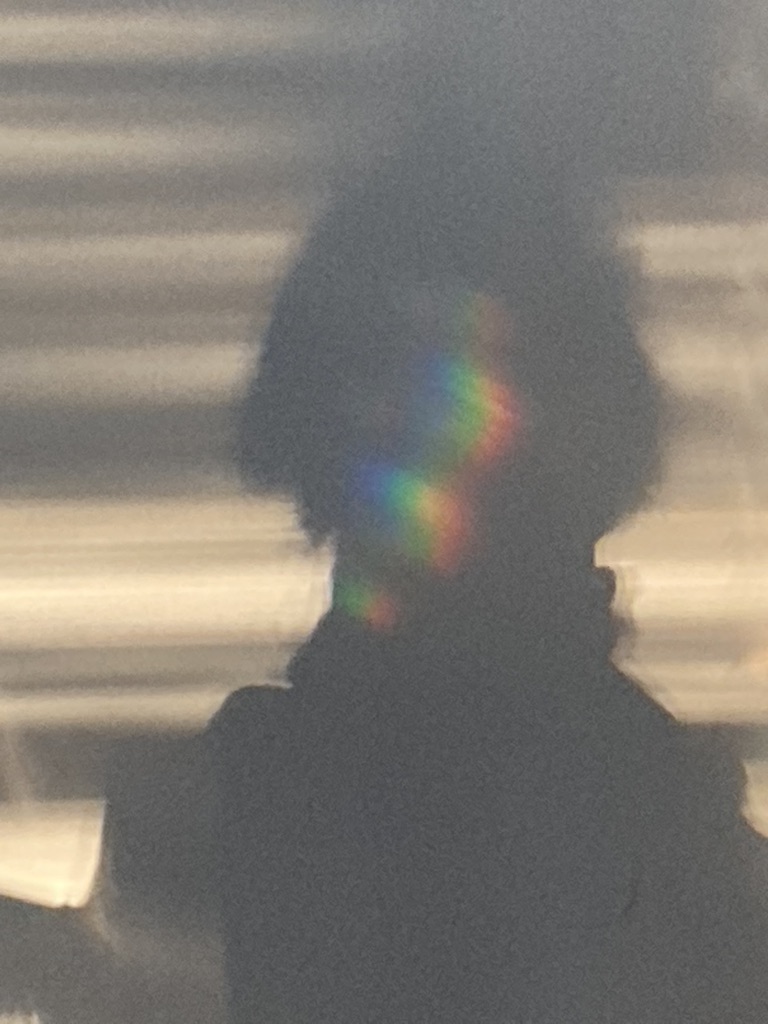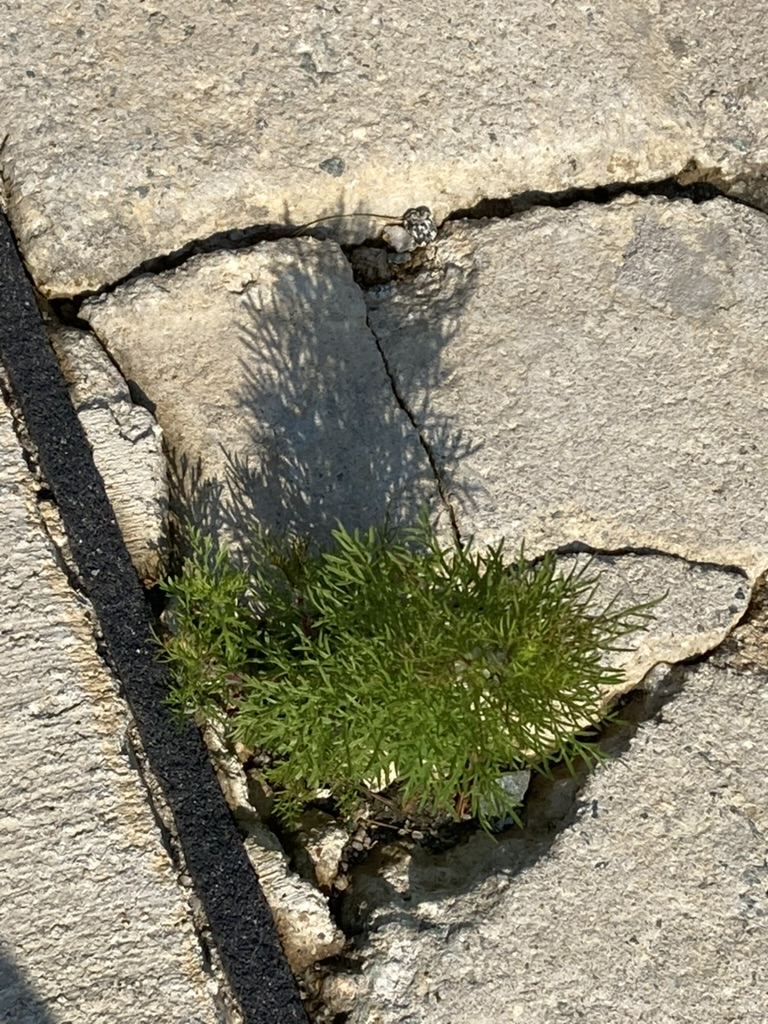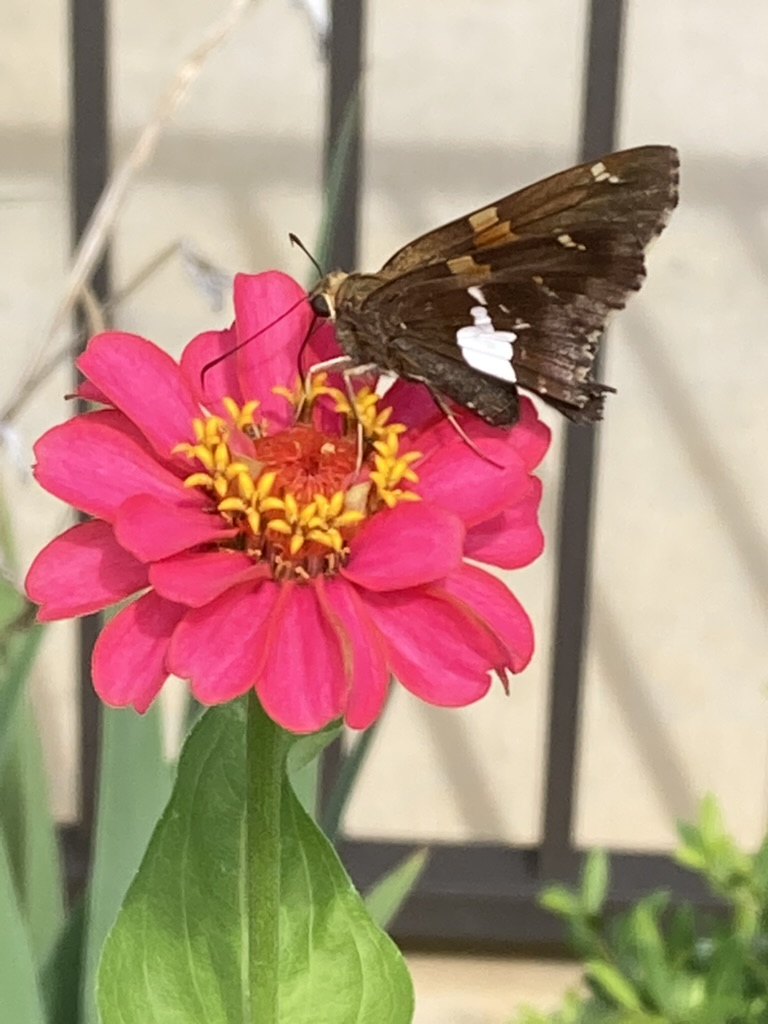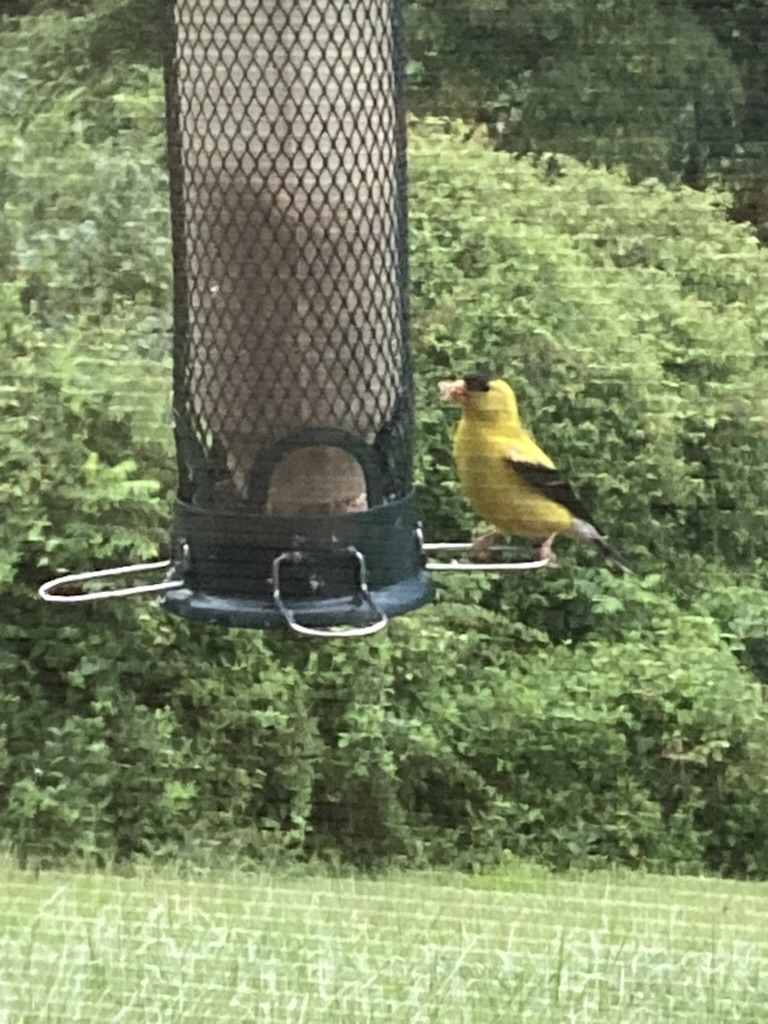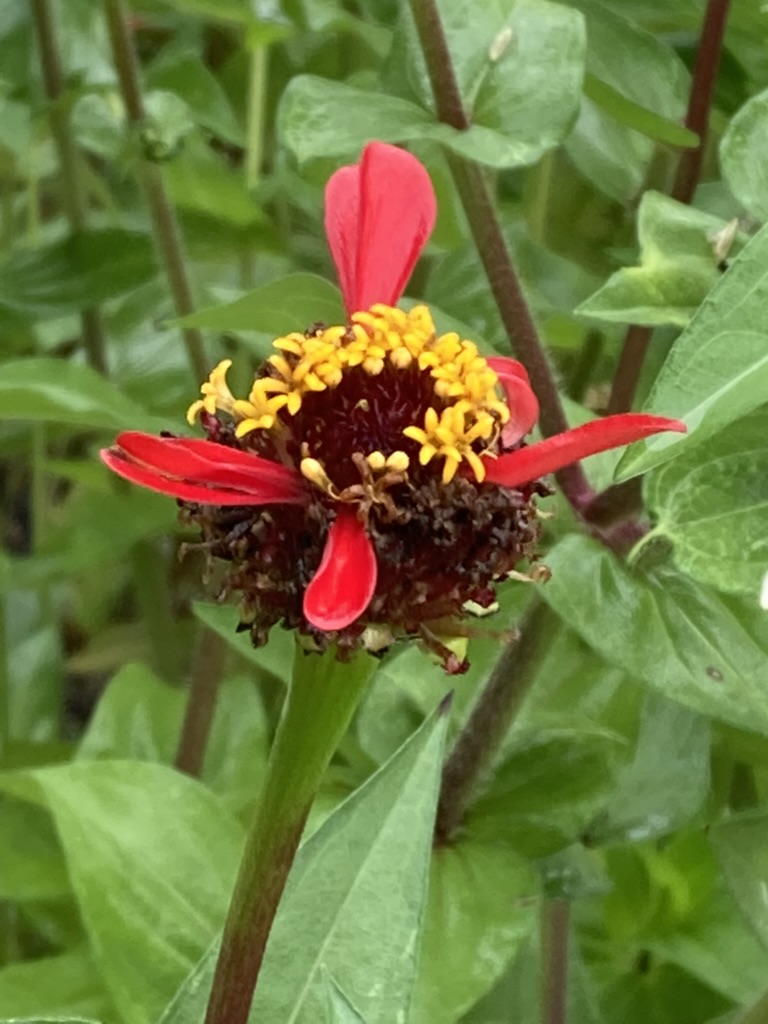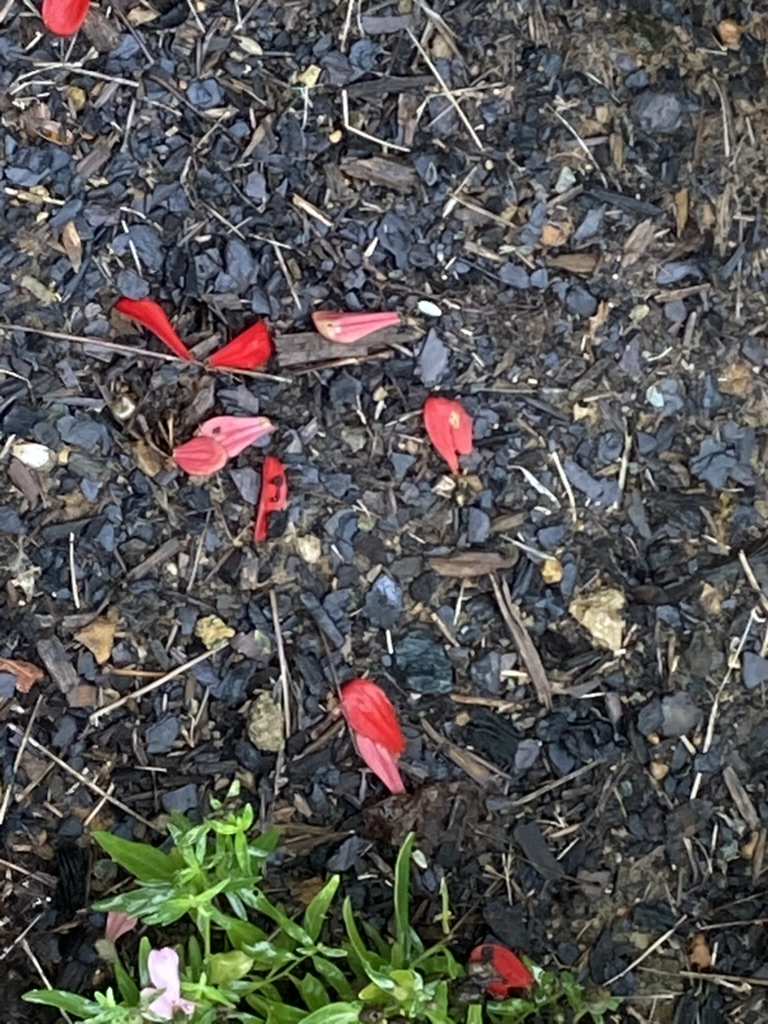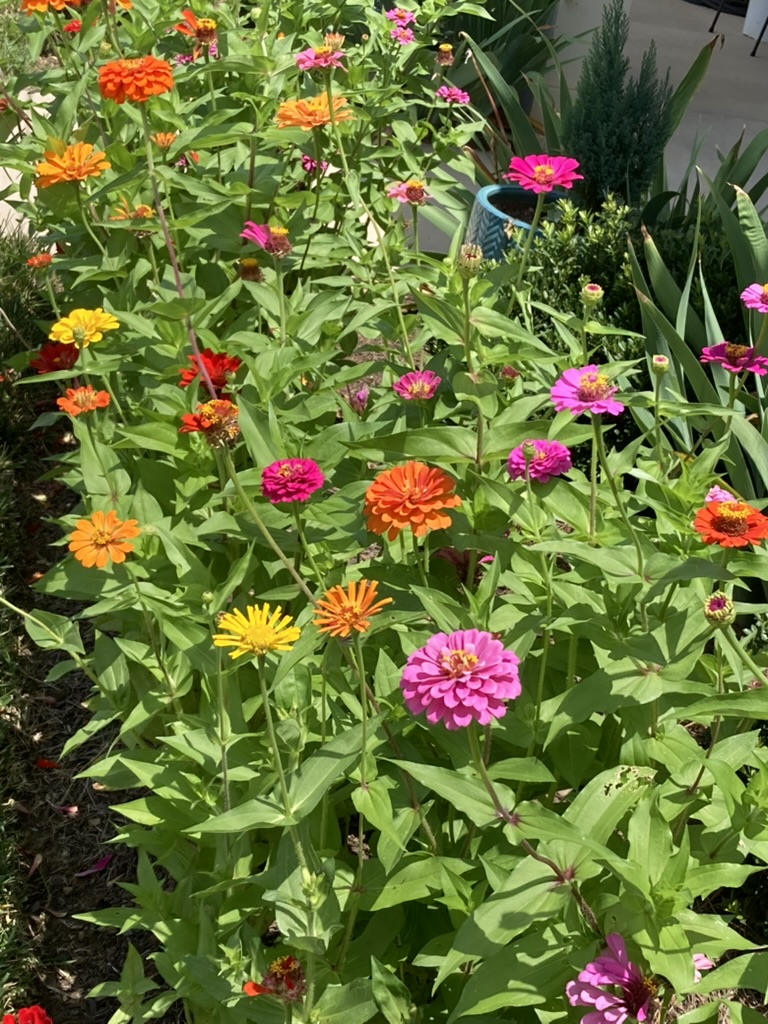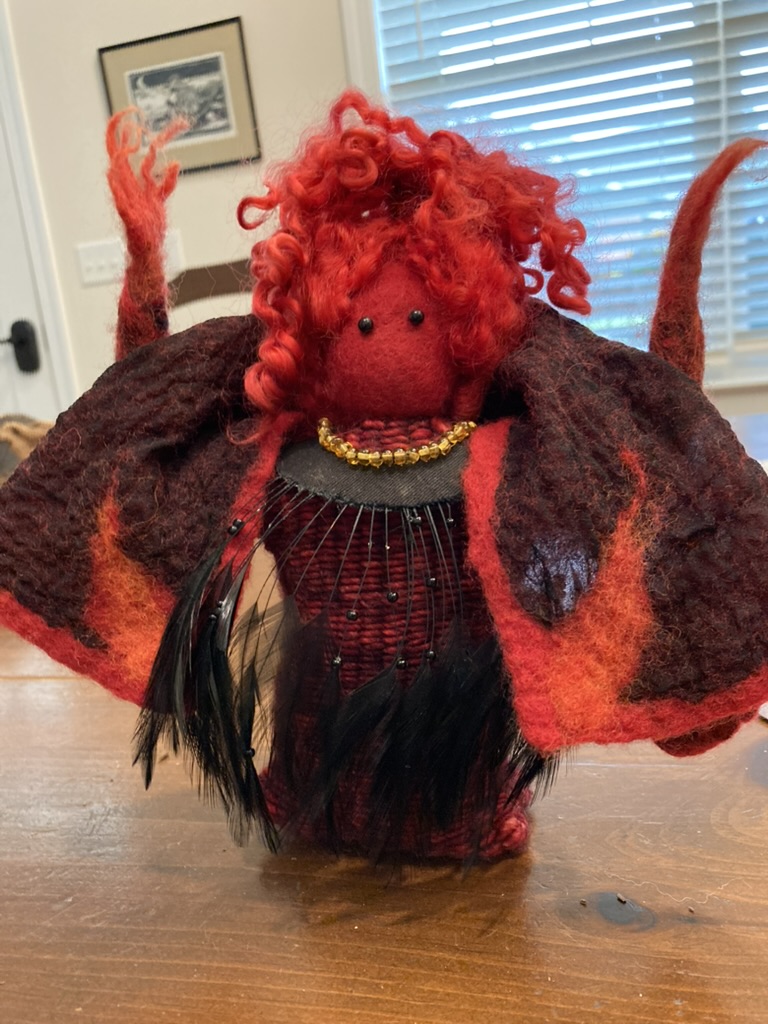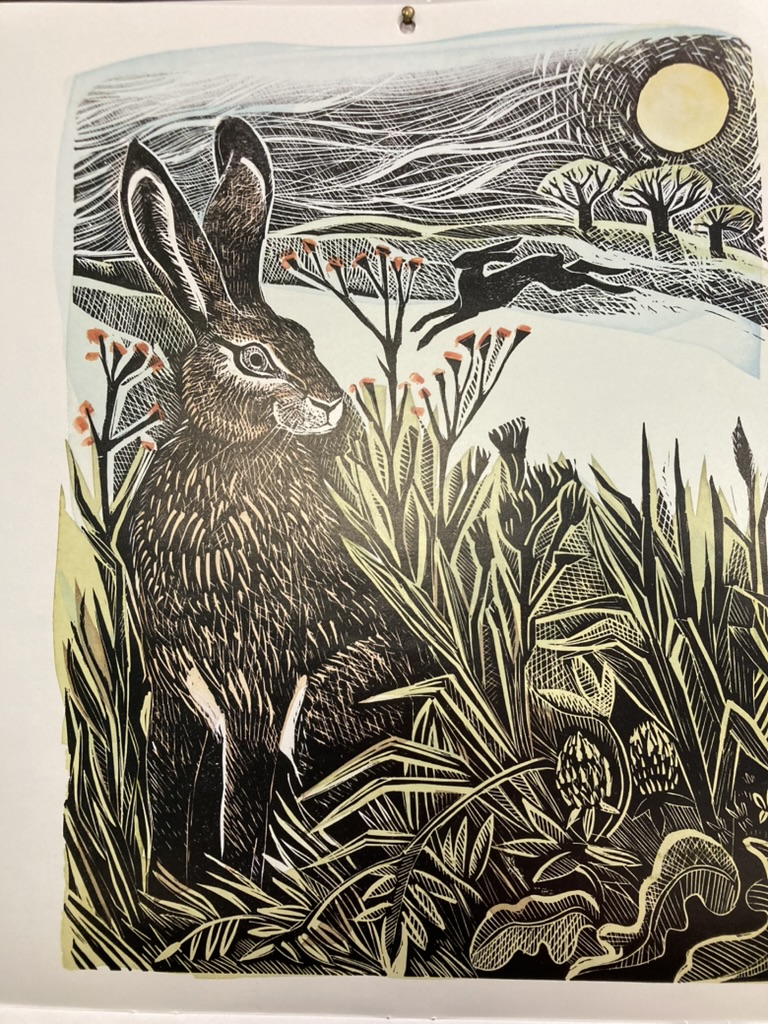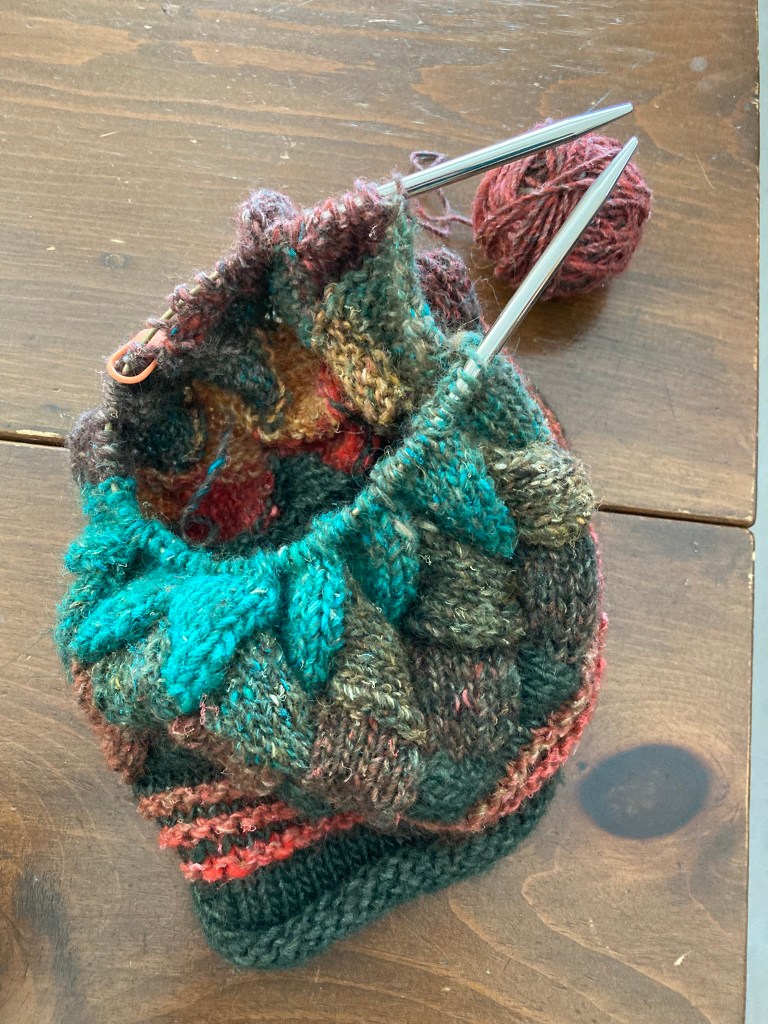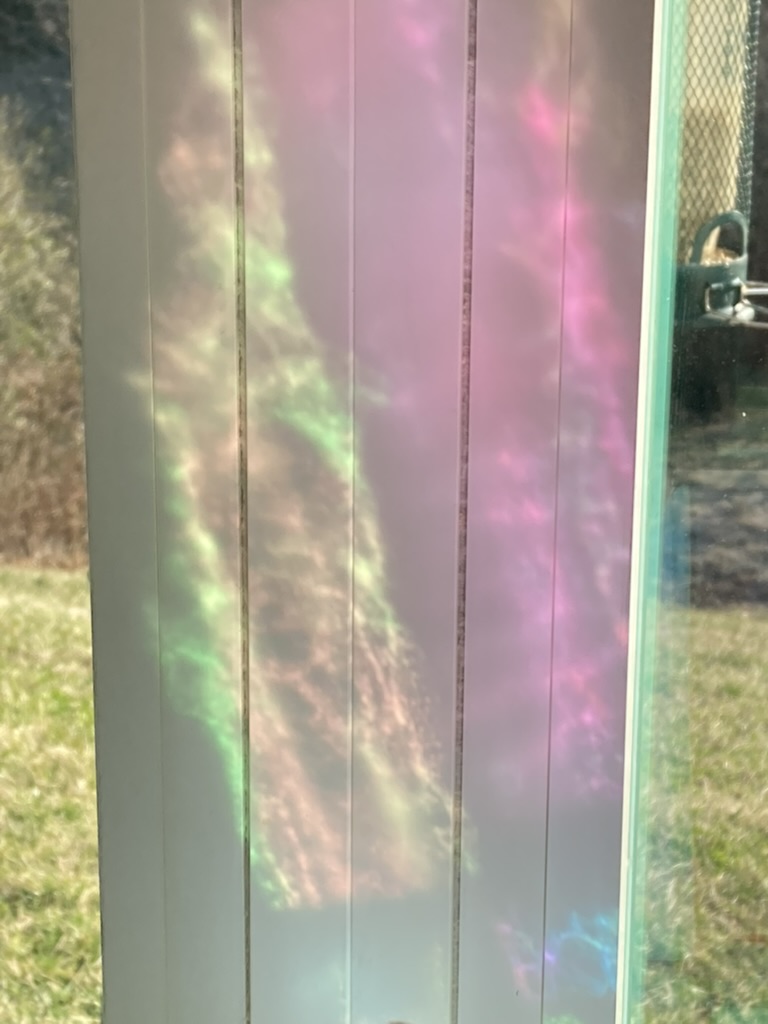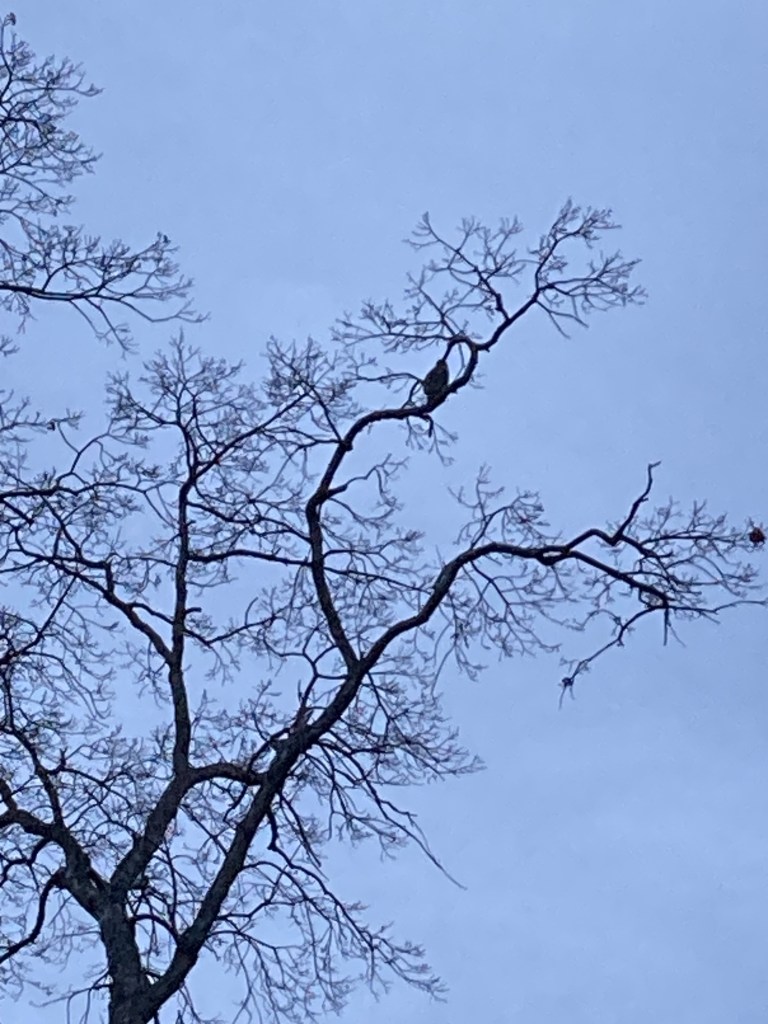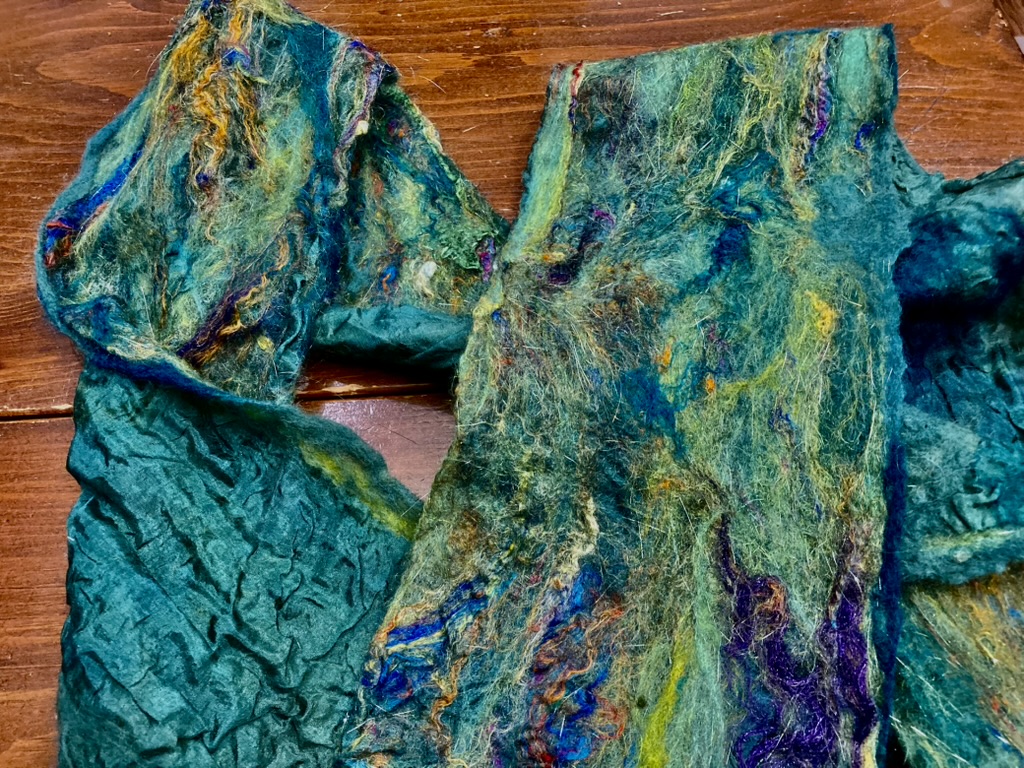The old stories offer much wisdom that we can apply to current situations, usually in metaphorical ways. Yesterday it was a shock to see a Grimms fairy tale actually coming to life in a newspaper image:
Once upon a time a poor fisherman and his wife lived in a hovel beside the sea. Every day, the fisherman went to sea to catch fish to eat and to sell at the market. And every day, his wife spun her threads, strolled along the beach to look for clams, and swept & cleaned their poor home as best she could. And they were happy enough.
One morning, when the sea was a calm, deep blue, the fisherman set off in his boat as usual. As he rowed, he wondered at how flat and hospitable the sea was, with sparkles dancing upon it under the morning sun. At last, the fisherman cast his net. He waited a bit and then began to pull it in. It was almost too heavy to haul over the side of the boat. Ah, he thought, this fish is so big, I will get a good price at the market!
But as he reached down to untangle the great fish from the net, the fisherman saw the spirited spark of life shining from the fish’s dark eyes and noticed how the sun glinted off the magnificent silver scales, creating an exuberant dance of light. And the fish spoke. “Fisherman, only return me to my home and I shall grant you wishes.”
Gently, gently, the fisherman lifted the great fish and returned him to the beautiful, calm sea. The great leaped once, turning to look at the fisherman, and splashed back, swimming off into the deep blue.
Well, the fisherman cast his net again, and it returned full of fish to eat and fish to sell, so he returned home early to tell his wife about the morning’s magical encounter.
His wife listened with wide eyes and when he had finished, she waited for more. The fisherman was silent, his heart full of the magic and grace of the fish. But his wife became angry. “You fool! The fish promised wishes, but you didn’t even ask! Here we live in a hovel. You could at least have asked for a beautiful house! Go now,” she demanded, “and ask the fish!”
Sighing, the fisherman went back to the edge of the water and called, “Fish of the sea, Fish of the sea. Come grant a wish unto me.”
Soon he saw the fish rise and swim close to the shore. The fish leapt up and asked, “What do you wish?”
Apologetically, the fisherman said,”My wife would like a beautiful house.” “Go home said the fish, “It is already done.”
And sure enough, as he approached the spot where their hovel had been, he saw instead a large and sturdy house with many windows and, in back, small garden full of vegetables and flowers. As his wife opened the door, her face shone with joy and she greeted him with a hug.
But time passed, and the wife was tired of caring for such a large house and weary of work in the garden. There was little time left to spin or stroll along to stroll along the beach. She began to think. She began to frown. If I were king, she thought, I’d have a huge palace with servants to clean and work in the gardens.
“Husband,” she cried. “you must go to the fish. Tell him I want to be King!”
She shrieked and harangued her husband until finally he returned to the shore. He paused a moment to look at the sea which seemed gray and rough that morning. Wearily he called, “Fish of the sea, Fish of the sea. Come grant a wish unto me.” Soon the fish appeared and asked “What is it you want?”
Sadly, the fisherman said, “My wife asks to become a King.”
“Go home,” said the fish. “It is already done.”
And sure enough, the fisherman returned to a gleaming palace. It was surrounded by flower gardens and a small gleaming green lawn stretched proudly out in all directions. The fisherman’s wife showed off her golden crown and opened the golden door to display the gilded furniture within. “And the biggest roses ever!” she cried. “And the smooth and well-kept grass where we can play and dance!”
Gardeners and servants bustled about, and for a while, she was pleased. But even gold and roses grow tiresome when they are everywhere and, after a time, she because restless.
She called her husband to her and declared, “Being a king is not the greatest. I want to be Pope!” And no matter how he argued, she would not listen to reason.
The fisherman trudged back to the shore. The sea seemed darker, the waves grew higher. Still, he called out, “Fish of the sea, Fish of the sea. Come grant a wish unto me. My wife wishes to be Pope.”
The fist rose from the waves. With a dull shake of his tail, he replied, “Go home. It is already done.”
The fisherman returned to the golden palace to be greeted by his wife in white papal robes of heavily brocaded satin. Her golden crown now hung on the hat rack and she wore instead a pope’s mitre exquisitely embroidered with golden threads. “You must bow before me,” she said.
And so it went and she was happy for a time. But then she began to notice that all the prayers that surrounded her were addressed not to her but to God. Indeed, even she had to pray to God. She shook her head so hard the glorious mitre trembled. “It is not enough!” she decreed. I will be God.” She pointed at her trembling husband. “Go tell the fish!”
Shaking his head, shaking all over, the fisherman made his way down to the raging sea. His call for the fish was drowned by the roar to the black waves. Still the fish appeared, leaping high to see the fisherman over the foam. “What is it you want?”
The fisherman wept, “My wife wants to be God.”
“Go home,” said the fish. “Go home to your hovel.”
And sure enough, where the shining palace had stood among resplendent green lawns, there now was, on the pebbly beach, only a hovel, sagging even more after such long inattention. Waves washed up to the threshold. The fisherman approached the splintery door….
Yes. You’ve guessed correctly. The image I saw was the AI photo that Trump posted, showing himself in a Pope’s robes. Not enough to be a mere president, he had already declared himself King of the country, saying (among other things) “I own it.” Now the fantasy of being a Pope….. It seems he is using this old tale as his playbook, but I don’t think he has listened to the end!
[Footnote: I hate the traditional sexist image of the nagging wife. Next time I’ll tell it differently.]
In the end, which character is really most grievously entangled and trapped in a net?
I am reminded of Loki, the Norse Trickster god. While hiding from all the other gods he has insulted, Loki invented the fishing net to catch his dinner.
Not long after, Loki turns into a salmon to escape his pursuers, who finally catch him in his own net……
There are many kinds of nets.
